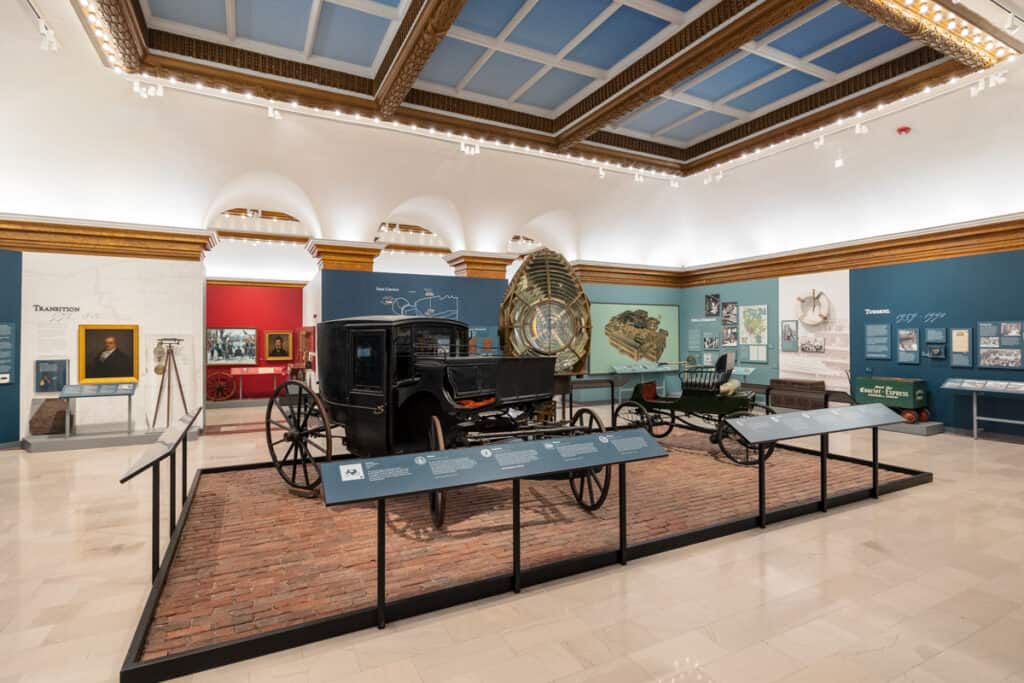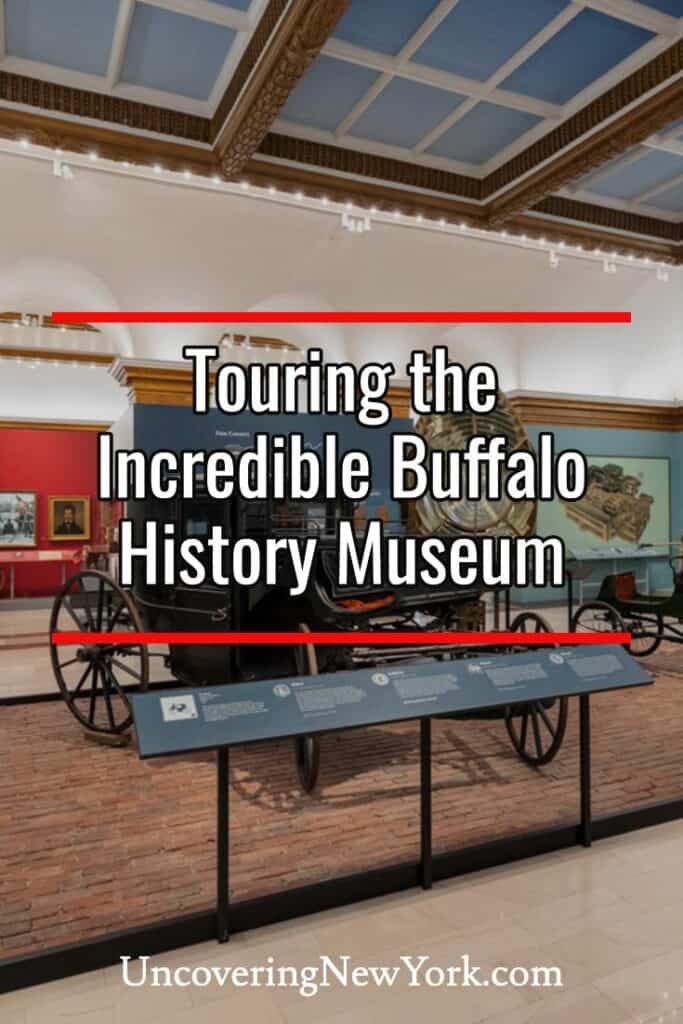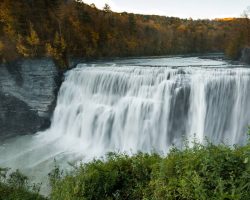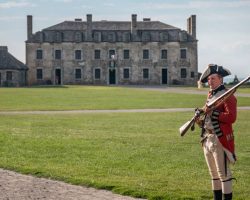Throughout my travels through New York and beyond, I’ve visited dozens of great local history museums, both in big cities and small towns. However, I don’t know that any of them have been as fantastic as the Buffalo History Museum.
The Buffalo History Museum is located on the northwestern edge of Delaware Park, an expansive greenspace that abuts both the historic Forest Lawn Cemetery and the Buffalo Zoo.
It sits within the last remaining building from the 1901 Pan-American Exposition that was held in Buffalo. This building was the New York Pavillion during the expo and hosted a luncheon attended by President William McKinley the day before he was fatally wounded in the city.
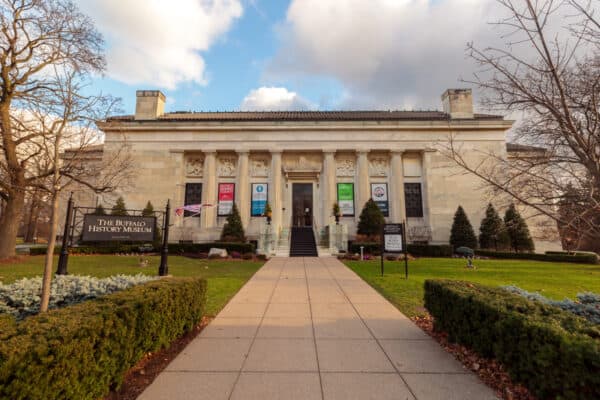
Shortly after the exposition concluded, the Buffalo Historical Society moved into the building and has been showcasing the history of Erie County and the Greater Niagara Region ever since. Since it was preserved at the conclusion of the event, the museum retains much of this building’s impressive beauty, including a few incredible murals on the second floor.
In addition to being a striking building that’s historic in its own right, the museum houses an amazing collection that is sure to interest anyone that appreciates history, even if you, like me, have no connection whatsoever to western New York.
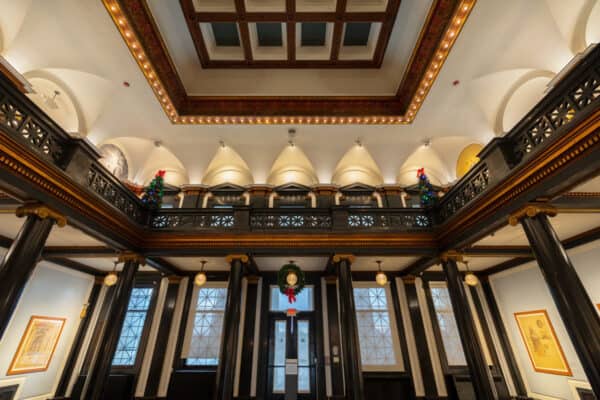
There are a total of three floors of exhibit space, though most of the displays are located on the museum’s top floor.
The entrance to the museum is located up a beautiful stone staircase (There is a handicapped-accessible entrance around the back of the museum). The small lobby contains a gift shop that is an excellent source of Buffalo souvenirs.
You’ll also find a pretty incredible and large clock known as the Apostolic Clock in the lobby. This clock was hand-built over 35 years by a local resident who was an amateur clock builder.
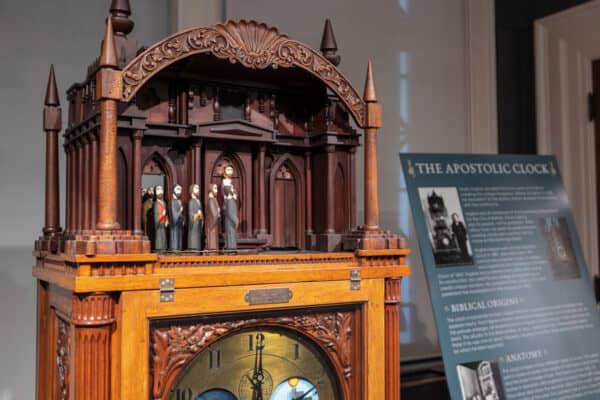
The detail of this piece is absolutely incredible and reminded me of the famous mechanical clocks I’ve seen in Europe. Amazingly, this clock still chimes every half-hour and plays a small show that is worth taking a few minutes to see.
The second floor of the museum features galleries related to Native Americans, sports, and the history of Erie County.
The section related to the history of Erie County was my personal favorite as it features some incredible artifacts that any history lover will find fascinating.
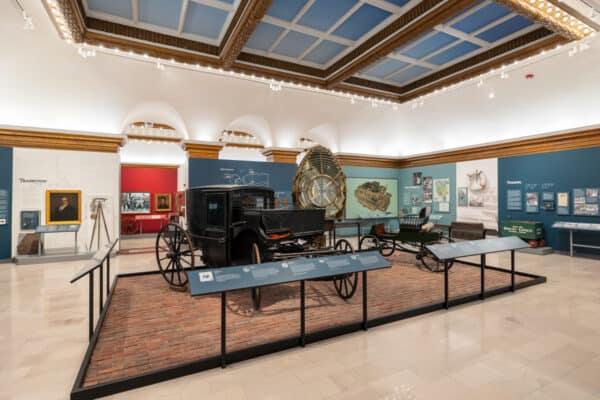
The highlight, at least for me, was the items related to the assassination of President William McKinley in 1901. The museum showcases items directly related to the event including the gun and handkerchief used by assassin Leon Czolgosz, the handcuffs used to restrain him, and the tools used on the president during surgery.
Seeing these pieces of American history in a local history museum is truly amazing, and, quite honestly, worth visiting to see on their own.
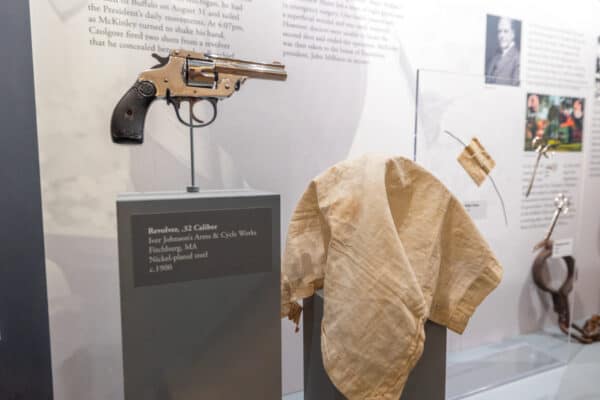
However, those are far from the only great pieces of display in this section. Other objects of note include mastodon tusks, a life mask from President Abraham Lincoln, a draft wheel from the Civil War, and much more.
I also appreciated how the museum tackled difficult subjects like redlining, the KKK, and the treatment of Native Americans. The text and stories told here really illuminated these subjects and their impact on residents of western New York.
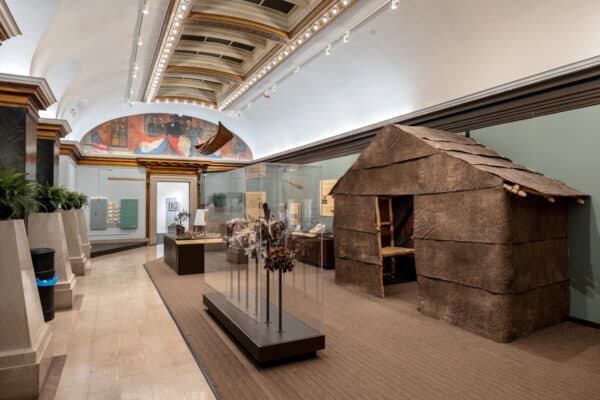
While there is a bit of Native American history within the Erie County section, there is also an entire exhibit in the wing dedicated to the pre-European history of the area. This area includes a model of a native village that was put together in 1940, a large collection of arrowheads and other Native American artifacts, and some great text discussing the history of the area.
The upper floor of the Buffalo History Museum also features a great collection of items related to the history of sports in Buffalo, including the Buffalo Sports Hall of Fame.
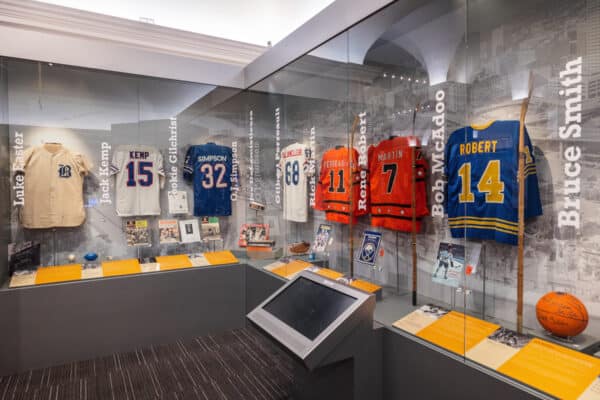
This section of the museum has a large focus on football and the Buffalo Bills (including game-used items from team icons like Jim Kelley and O.J. Simpson) but does a good job covering other professional sports teams that have called the city home including the Sabres and the Bisons.
I also really enjoyed looking at the section about New Era Caps, which was founded in Buffalo in 1920 and is still headquartered in the city. This company revolutionized the industry and still provides official hats for many sports leagues, and this section traces the history and designs over the years.
The lowest level of the museum features several more galleries related to the history of the city including a portrait gallery, a replica of an early 19th-century settlers’ village, and a model railroad.
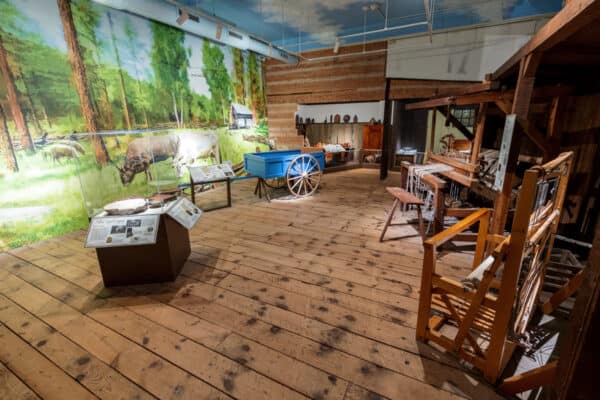
I especially enjoyed looking through the portrait gallery as it highlighted a handful of figures from Buffalo, some well-known and others more obscure. This was a great way to learn about the history of the region and its impact on both the country and the world.
Overall, I found the Buffalo History Museum to be incredibly fascinating. Whether you are a lifelong resident of the Buffalo area or making your first visit to the city, there are a lot of really fascinating pieces to be seen here. That makes this, in my opinion, a must-visit spot in the city.
Looking for even more places to visit nearby? Check out the Buffalo City Hall Observation Deck, Frank Lloyd Wright’s Martin House, and a Buffalo River History Tour.

